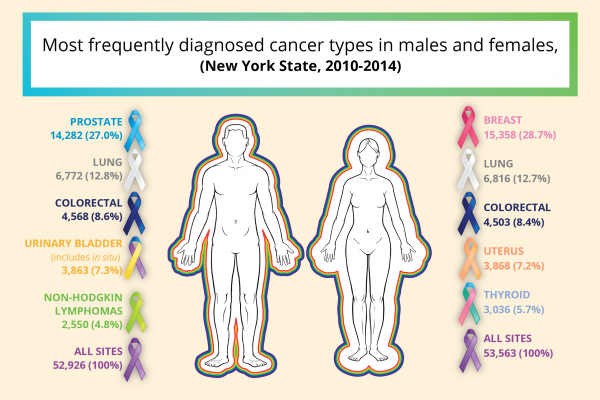Everyone knows that smoking cigarettes is dangerous.
Smoking cigarettes kills more Americans than alcohol, car accidents, HIV, guns and illegal drugs combined and, according to the American Cancer Society, about half of all Americans who keep smoking will die from their addiction.
But what about electronic cigarettes?
Also known as e-cigarettes, e-vaporizers, vapes, hookah pens, mods, pods and more, these battery-operated devices, which often contain a solution of propylene glycol, nicotine and flavors that is heated and vaporized, have flooded the market.
Hundreds of brands are available with a seemingly unlimited variety of “fun” flavorings that run the gamut from vanilla to blueberry cotton candy and coffee mocha frappe. Unlike conventional cigarette advertising, which is restricted by the Food and Drug Administration (FDA), e-cigarettes are legally marketed and promoted with commercials, websites and advertising campaigns that align the product with style, romance, freedom, rebellion — and, often, with celebrity endorsements. Some newer versions come with claims that they are safer than smoking tobacco or don’t contain nicotine.
But the data on whether they are safe remains under review. “There is insufficient data to be able to say whether vaping causes or does not cause lung or other types of cancer,” says Andrew Hyland, PhD, Chair, Department of Health Behavior and Scientific principal investigator of the national Population Assessment of Tobacco and Health Study. “Studies show that the overall number and levels of toxins are much lower in vaping products compared with conventional cigarettes, which, in comparison, are incredibly toxic, with thousands of chemicals and dozens of carcinogens that cause harm to every organ system in the body.”
While e-cigarettes may contain fewer toxins than conventional cigarettes, there is concern that they may promote nicotine addiction, especially for younger people. The U.S. surgeon general cited a 900% increase in e-cigarette use by high school students from 2011 to 2015, and the 2016 National Youth Tobacco Survey noted that 1.7 million high school students had used e-cigarettes in the past 30 days. Studies also show that nearly half of all middle and high school students who used some form of tobacco also used at least one other type of tobacco product.
With this concern in mind, the FDA is investigating the company behind the leading e-cigarette brand Juul, which has been noted for aggressively marketing products to kids and teens. Surging in popularity because of its sleek, modern design, the Juul is a vape pen that contains twice the nicotine content of comparable devices. New research led by Roswell Park’s Maciej Goniewicz, MD, PhD, in collaboration with pediatricians from Stony Brook Children’s Hospital reports that adolescent users of Juul and similar “pod” e-cigarettes are absorbing nicotine at levels approaching nicotine exposure from traditional combustible cigarettes. With reviews assessing this product as “an extremely attractive and compact little device that packs the same amount of nicotine as a pack of cigarettes into a tiny liquid-nicotine cartridge,” from TechCrunch, and “The iPhone of E-cigs,” from Men’s Fitness magazine, Juul joins the pantheon of products that promote the fashion, ease and technology of vapor alternatives.
Never miss another Cancer Talk blog!
Sign up to receive our monthly Cancer Talk e-newsletter.
Sign up!As e-cigarette devices evolve, companies continue to highlight voltage and flavors. “We know that many e-cigarette users are trying to quit cigarette smoking, and some cigarette smokers report that flavored e-cigarettes offer an appealing alternative when they are looking for a way to quit smoking cigarettes,” says Dr. Hyland.
Cigarette smoking is responsible for 480,000 deaths in the U.S. every year. “We know that most smokers regret having started smoking and want to quit,” says Dr. Hyland. “Getting off of cigarettes first is much more important than what voltage or flavor people choose in an e-cigarette. People should look to switch completely off cigarettes and not use both cigarettes and e-cigarettes for long periods of time. If you are using both tobacco and vaping products, look for resources and support to quit tobacco as quickly as possible. And if you are going to use vaping products, choose a product with lower voltage and avoid flavors — especially butter, vanilla, and cinnamon flavors, which have been proven to be the most toxic to white blood cells.”
Quitting smoking is challenging, not only because of the withdrawal symptoms that come with nicotine addiction, but because factors like stress, social situations and certain activities may trigger cravings. The good news is that the worst withdrawal symptoms only last a few days to a couple of weeks, and millions of former smokers have been able to quit.
“There are many proven strategies that increase the chance of quitting smoking, including over-the-counter medicines like the nicotine skin patch and gum and prescription medications like Chantix,” notes Dr. Hyland. “Talk with your doctor, who can help you. Tens of thousands of people each year get help quitting smoking from the New York State Smokers Quitline (1-866-NY-QUITS; www.nysmokefree.com. These tools boost your chances and give you the extra advantage you need to become smoke-free.”



